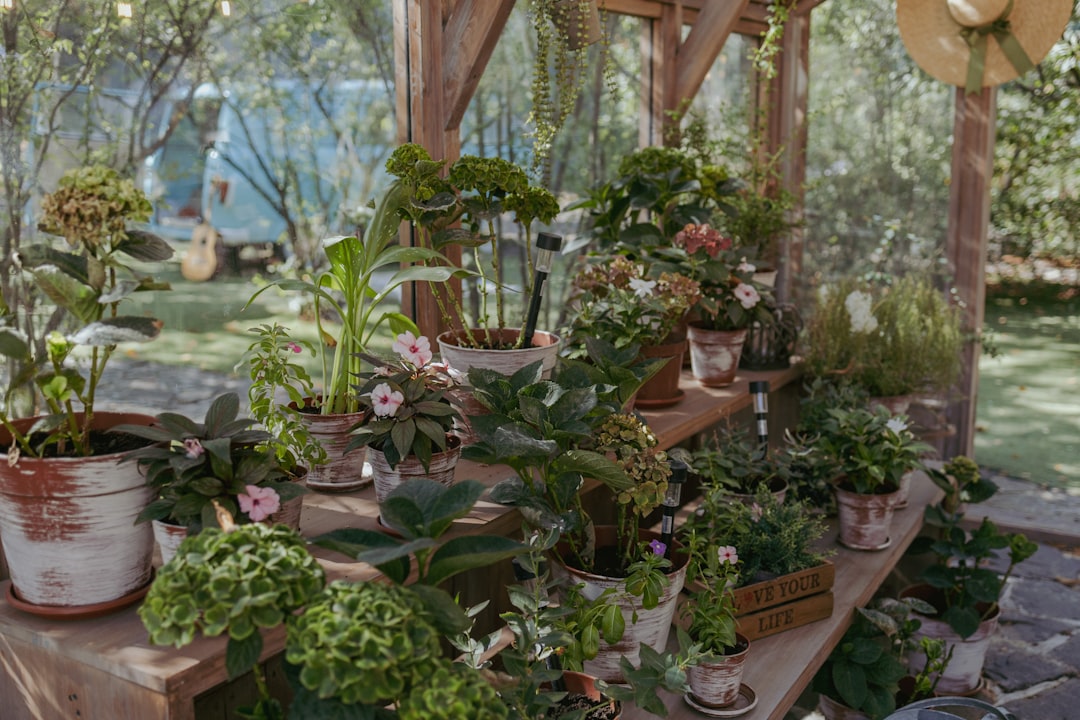Unleash the Magic of Pumpkin Growing in Your Backyard

Edible gardening, especially vegetable gardening, has gained immense popularity in recent years. And what could be more exciting than growing your own pumpkins in your backyard? Whether you're aiming for those spooky Halloween jack - o'-lanterns or a delicious homemade pie, here are 7 essential tips to ensure a successful pumpkin harvest.
1. Choose the Right Variety
There is a wide range of pumpkin varieties available, each with its own unique characteristics. For jack - o'-lanterns, you might want to go for large, round varieties like the Connecticut Field Pumpkin. These are easy to carve and can grow to a substantial size. If your goal is a tasty pie, consider sugar pumpkins. They are smaller, sweeter, and have a finer texture, making them perfect for baking.
2. Find the Ideal Location
Pumpkins are sun - lovers. They need at least 6 to 8 hours of direct sunlight each day. Select a spot in your backyard that gets plenty of sun. Also, make sure the area has well - drained soil. Pumpkins don't like to have their roots sitting in water, as this can lead to root rot. You can improve the soil drainage by adding organic matter such as compost or well - rotted manure before planting.
3. Prepare the Soil
Before planting your pumpkin seeds or seedlings, it's crucial to prepare the soil properly. Start by removing any weeds, rocks, or debris from the area. Then, loosen the soil to a depth of about 12 to 15 inches. Mix in a generous amount of compost or aged manure to provide the pumpkins with essential nutrients. A soil pH between 6.0 and 6.8 is ideal for pumpkin growth.
4. Plant at the Right Time
The timing of planting is critical for a successful pumpkin harvest. In most regions, it's best to plant pumpkin seeds after the last frost date in spring. The soil temperature should be at least 60°F (15.5°C) for the seeds to germinate properly. If you're using seedlings, you can plant them a bit earlier, but still make sure the danger of frost has passed.
5. Provide Adequate Spacing
Pumpkins are vining plants that need plenty of space to spread out. When planting seeds or seedlings, make sure to space them at least 3 to 5 feet apart in rows that are 6 to 10 feet apart. This allows the plants to grow without overcrowding, which can lead to poor air circulation and an increased risk of diseases.
6. Water Regularly
Pumpkins have high water requirements, especially during the growing season. Water the plants deeply once or twice a week, depending on the weather conditions. Aim to keep the soil consistently moist but not waterlogged. Water at the base of the plants to avoid getting the leaves wet, as this can promote the growth of fungal diseases.
7. Control Pests and Diseases
Like any other plants, pumpkins are susceptible to pests and diseases. Common pests include aphids, squash bugs, and cucumber beetles. You can control these pests by using natural methods such as hand - picking, introducing beneficial insects like ladybugs, or using insecticidal soaps. Diseases such as powdery mildew and downy mildew can also affect pumpkins. To prevent these diseases, make sure there is good air circulation around the plants, and avoid overhead watering.
In conclusion, growing pumpkins in your backyard can be a rewarding experience. By following these 7 essential tips, you can enjoy a bountiful harvest of pumpkins that are perfect for both Halloween decorations and delicious pies. So, roll up your sleeves, get your gardening tools ready, and start growing your own pumpkins today!